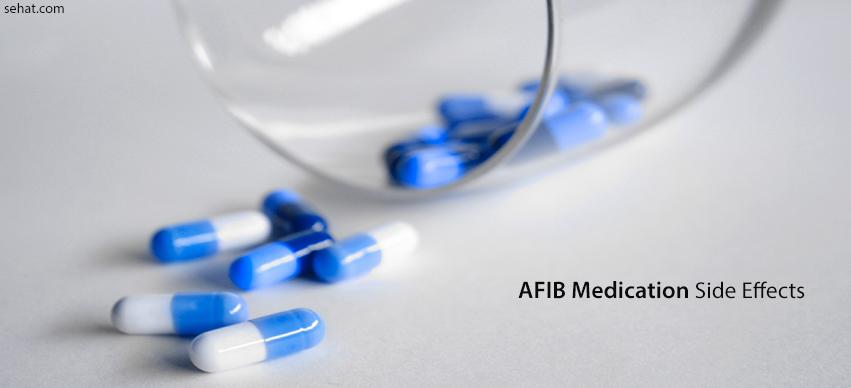Everyday Habits That Can Protect Your Eyes from Damage
4 Min Read


Atrial Fibrillation is a supraventricular tachycardia which is considered as the commonest arrhythmia. Even though there are multiple drugs that can be theoretically used as the treatment of AF, their side effects have limited the usage of them. Medications are divided as rate control, rhythm control and anticoagulants.
Rate control drugs may give rise to side effects like heart blocks, cardiac arrest, heart failure, pedal edema, ventricular ectopic beats, gynecomastia, and photophobia. Heart blocks and cardiac arrest are mainly due to overdosage of rate-controlling drugs like beta blockers and calcium channel blocker. 3rd-degree heart blocks require pacemaker implantation and cardiac arrest needs urgent cardiopulmonary resuscitation.
Pedal edema is caused by calcium channel blockers which are used as a rate controlling drug. If it occurs the drug should be stopped and should be started on an alternate rate controller. Gynaecomastia is a well-known side effect of digoxin, and there is no treatment to prevent the patient from developing it.
Anticoagulants are drugs that are used to prevent thrombosis, which is a common complication AF patients can develop and result in strokes. Bleeding is considered as the major side effect of anticoagulants that can be life-threatening at one point. If there is any sign of bleeding the drug should be stopped immediately and should be started on medication to reverse the effect. IV vitamin K is given to reverse the effect of Warfarin which is the most commonly used oral anticoagulant. If the bleeding is severe fresh frozen plasma, activated prothrombin complex are also given. Minor bleeding will settle with stopping the drug alone and can be restarted on lower doses.
According to the European Society of Cardiology guideline, calcium channel blockers and beta blockers are preferred over digoxin in the acute rate control of hemodynamically stable patients because of their rapid sympathetic blockage. If unstable, urgent electric DC cardioversion should be considered. In the long term run, beta blockers are used as first-line rate-controlling drugs. Non-dihydropyridine calcium channel blockers like verapamil and diltiazem can also be used but they should be avoided in patients with heart failure. Cardiac glycosides like digoxin can be used mainly in patients with heart failure because it improves the quality of life in them. Amiodarone is reserved as the last resort for the rate control in AF.
Rhythm control will be decided on the onset of AF and the structural defects of the heart. If the AF is chronic or the heart is having structural defects only the rate is controlled but not the rhythm. Amiodarone is the drug of choice while propafenone is also used at some hospitals. Flecainide is restricted to patients without any structural cardiac defects as mentioned above. If the patient is hemodynamically unstable electric DC cardioversion is the best treatment option. A place for anticoagulation is decided on using CHAD2VAS score and IV heparin, Subcutaneous enoxaparin and oral warfarin are the drugs of choice.